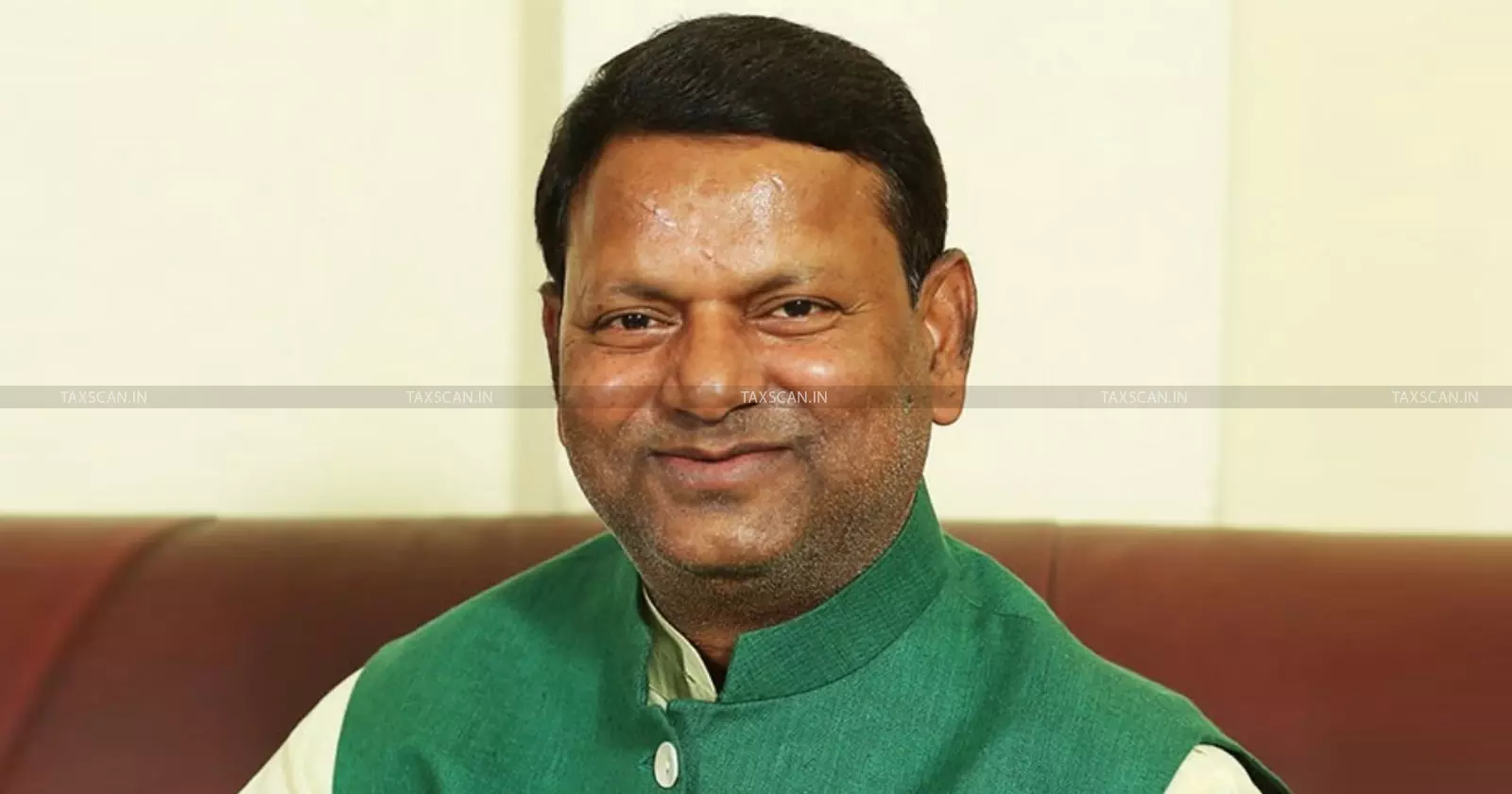Gross NPAs drop 6.53%: Minister of State in FinMin Pankaj Chaudhary in Rajya Sabha
Gross NPAs of Public Sector Banks Drop to 2.58%, Says Minister of State for Finance in Rajya Sabha

The gross non-performing assets (NPAs) of India’s public sector banks have seen a substantial decline, falling from 9.11% in March 2021 to just 2.58% in March 2025, according to a written reply by Minister of State for Finance Pankaj Chaudhary in the Rajya Sabha on Tuesday.
Responding to a parliamentary query, Chaudhary presented data indicating a consistent year-on-year improvement in the NPA ratio, underscoring the effectiveness of government and Reserve Bank of India (RBI) interventions aimed at strengthening the financial sector. As per provisional figures sourced from the RBI, gross NPAs dropped from ₹6,16,616 crore in March 2021 to ₹2,83,650 crore by March 2025. The percentage of gross NPAs to total advances stood at 9.11% in 2021, 7.28% in 2022, 4.97% in 2023, 3.47% in 2024, and finally reached 2.58% in 2025.
Standardize Accounting Policies – Specimen Drafts at Your Fingertips! Perfect for internal reference and client consistency - Click here
The Minister attributed this positive trend to a comprehensive policy framework and structural reforms implemented by the government in collaboration with the RBI. Key initiatives include the strengthening of the Insolvency and Bankruptcy Code (IBC), amendments to the Securitisation and Reconstruction of Financial Assets and Enforcement of Security Interest (SARFAESI) Act, and changes to the Debt Recovery Tribunals’ (DRTs) pecuniary jurisdiction, which now focuses on cases involving amounts above ₹20 lakhs.
Furthermore, public sector banks have established specialized verticals and branches dedicated to managing stressed assets, ensuring closer monitoring and quicker recoveries. The deployment of business correspondents and the adoption of a “feet-on-street” model have contributed to this enhanced recovery trajectory.
The RBI has also introduced a Prudential Framework for early recognition and resolution of stressed assets, incentivizing lenders to adopt time-bound resolution plans. Strict valuation norms and transparency in the disposal of secured properties have been enforced, with e-auctions mandated for assets valued at ₹50 crore or more to ensure better price discovery.
As per the RBI’s guidelines, banks must engage professionally qualified independent valuers for property assessments, both at the time of loan sanction and before the sale of assets to recover dues. These reforms, combined with rigorous appraisal processes and improved corporate governance, have been instrumental in reducing bad loans across the banking sector.
Support our journalism by subscribing to Taxscan premium. Follow us on Telegram for quick updates


